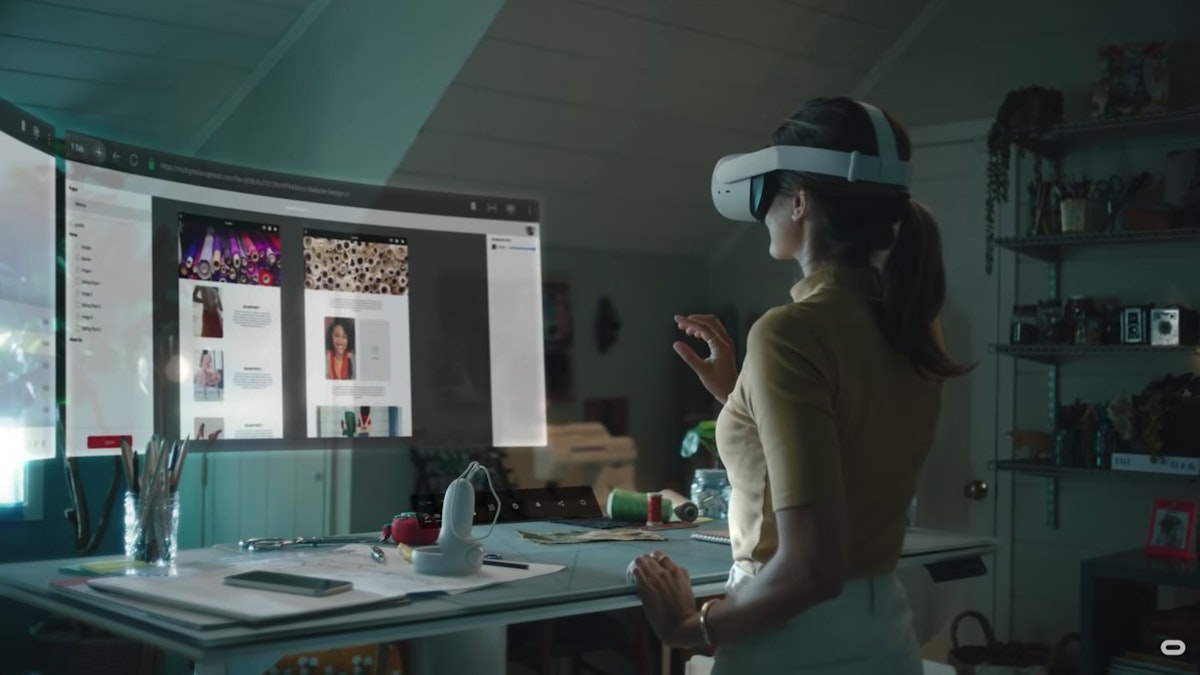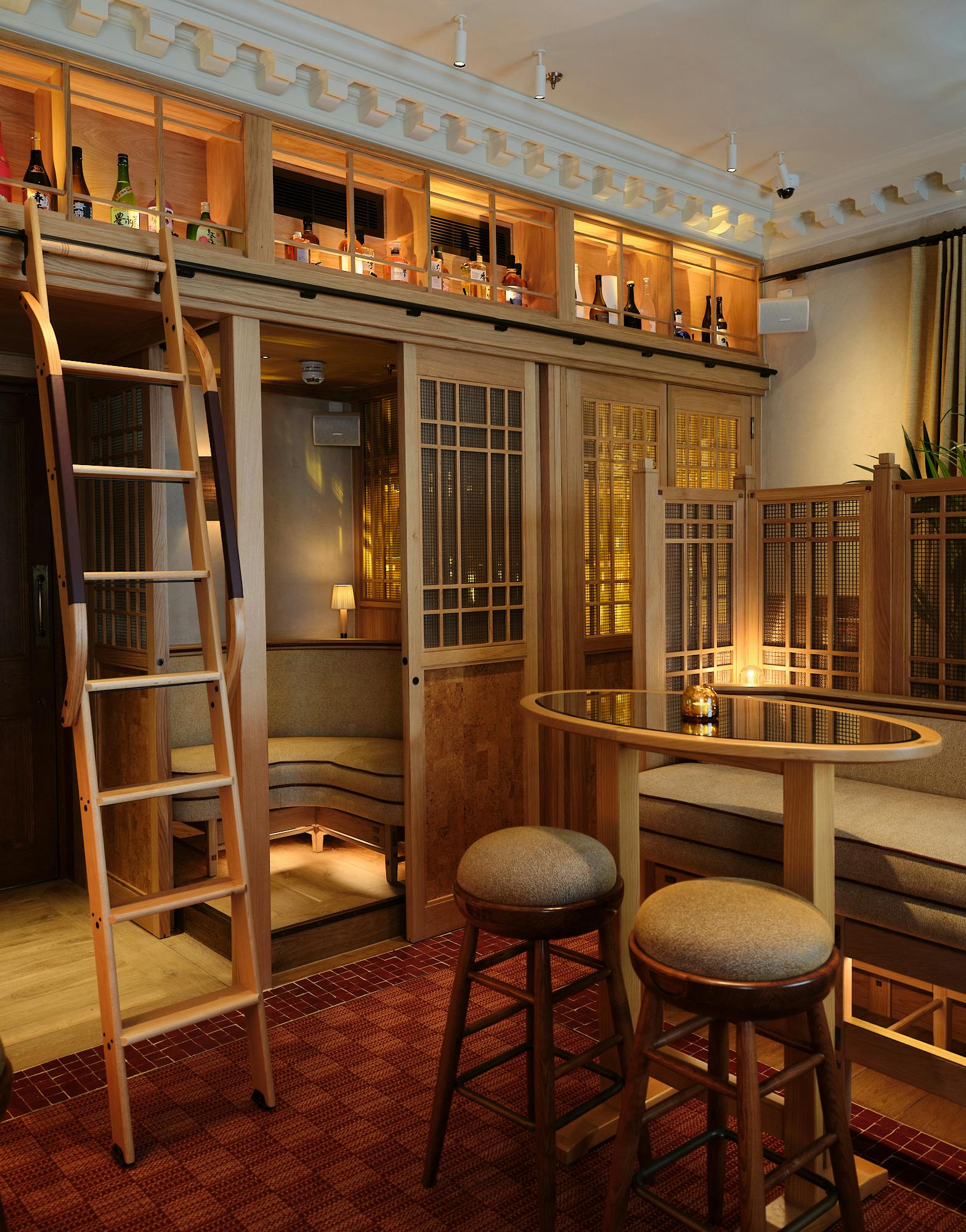
13 Nov 2020
This is our Virtual Reality
If there's one thing that's been made apparent by there pandemic, it's that virtual reality is here to stay. This new touch free world coupled with the advancement of the technology we all have in the palm of our hand has borne a number of new ideas and realities, all centred around VR and AR.
As this new technology continues to develop, we can expect brands to take further advantage, changing the landscape of how we live work and interact. In our latest piece we look at some of the latest experiences changing the game.

Infinite Office by Facebook
Facebook has recently unveiled Infinite Office, a new product, currently in testing, is directed at those working from home for the foreseeable future. The VR software is intended for use with the Oculus headset, Oculus was acquired by Facebook in 2014, and aims to recreate a real office environment as much as possible whilst taking advantage of what the digital format offers.
The experience will blend the virtual and physical experience allowing users to customise a multi display set up, controlled by hand gesture, and type using a physical keyboard, as well as have virtual meetings via AR platform Spatial. What sets Infinite Office apart from other VR experiences is Passthrough – a mode that allows users to toggle between full VR and mixed reality, allowing them to see their virtual and real world surroundings simultaneously.
With so many of us now facing the prospect of even longer stints stuck indoors working, could a real life minority report-esque experience help create a clear distinction between our working lives and working ones

Virtual furniture placement app from Ikea
Interior design and decoration has skyrocketed during lockdown. As our homes become everything to us - our offices, gyms, social spaces and family hubs - it’s understandable that people might be looking for a makeover. But how can VR help with that?
Swedish powerhouse IKEA have developed a virtual furniture placement app which uses VR technology to enable users to reimagine the design of their homes. Worried that an armchair might not fit in a certain corner? Anxious about clashing colours? The app can solve these questions through a smart blend of virtual technology that reconfigures interior design as we know it.
Not only has IKEA changed the role that VR can play in our homes, it has also carved out a unique space for itself in an emerging market. Potential buyers now have a reason to purchase from IKEA over any other brand. It won’t be long until other retailers follow suit.

Apple A12 Bionic Chip
New generation chips aren’t a new thing for Apple, in-fact with every iphone release comes a shiny new chip set to be even more powerful than the one which preceded it. While much of this tends to be marketing waffle, hyped up to expand the brand’s dominance in the smartphone market, their newly announced chip which features in their latest iphone lineup could truly be a game changer, especially when it comes to AI and AR.
Smartphones have been taking advantage of AI for a long time but the processing has been done by the CPU chipset or cloud. But this new-generation AI chip, called A12 Bionic chip, enables processing to be done onboard the device and thus lowers the response time and computing time. It is also helpful in reducing power consumption, enhancing battery life, performance, and more efficient processing.
This chip, combined with the advanced camera technology housed within the iphone 12 smartphones (like the ability to monitor depth of field after the photo has been taken) can help provide more realistic & accurate augmented reality experiences. Ultimately developers will be responsible for the way this technology plays out in the real world as this develops further, we should see some exciting projects hitting our virtual spaces.

City Painter from Snap
A free augmented reality experience for all launched on the streets of London last month - provided you own a Snapchat account. The multimedia messaging platform created a ‘local lens’ named ‘City Painter’ whereby app users on Carnaby Street are able to virtually line the central London street’s buildings with colourful spray paint.
The new feature has been described as one of the first persistent, large-scale, collaborative uses of AR. By 3D mapping the entire street, the local lens technology allows users to paint from any angle - whilst also viewing the work of other users through their own screen - creating a digital canvas which is mess-free in normal reality. It is hoped that Carnaby Street will be the first of many neighbourhoods to utilise this technology for creative means.
Local lens is not Snapchat’s first involvement with AR technology, as the popular ‘lens studio’ 3.2 version was recently launched where it is claimed over 1 million virtual lenses have already been created. It therefore appears integrating AR technology in the entertainment and creative space is here to stay!
- Words by The SODA team






